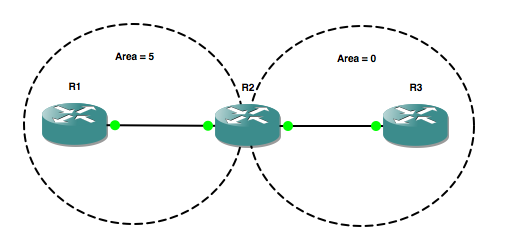OSPF – Routing Bit set on this LSA
Navigating the OSPF LSDB to find relevant LSAs can be tricky. Even when you find the right LSA, there is no guarantee that OSPF will include that LSA in it’s SPF calculation. Thankfully Cisco routers will tell you if the router advertising that LSA is reachable or not.
